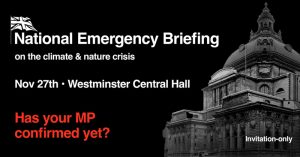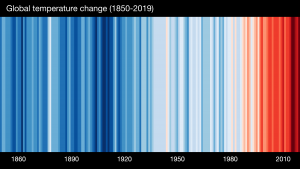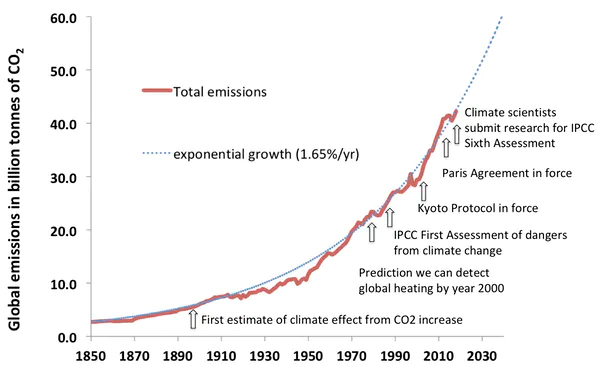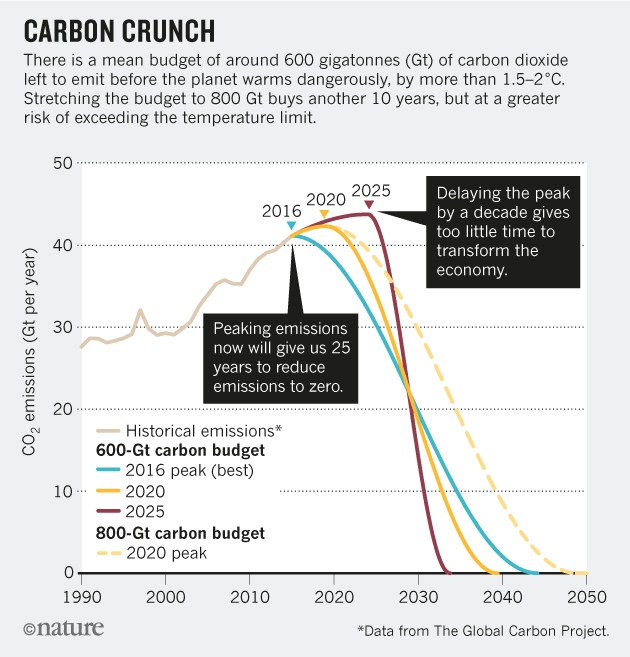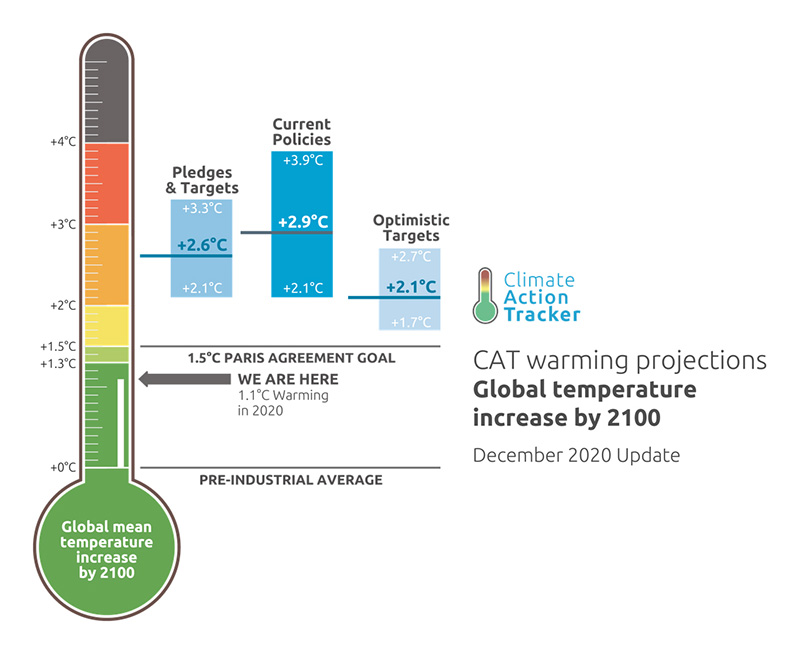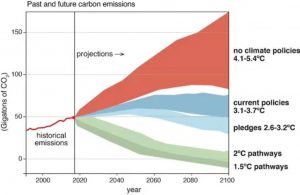Urge your MP to attend the National Emergency Briefing A National Emergency Briefing on the climate...
Read MoreThe climate crisis and the Lewes district
Video: What’s creating climate change?
https://www.youtube.com/watch?v=RfRjOB4HnqY Talk: ‘What’s causing climate change?’ with Matthew Bird As part of the ‘What’s happening to...
Read MoreWhat’s happening to our planet
Lewes Climate Impacts Map Have you seen more surface flooding in your garden or street as...
Read MoreUrge MPs to support the Climate and Nature Bill
Urge MPs to support the Climate and Nature Bill The critical Climate and Nature (CAN) Bill...
Read MoreClimate Action Sessions with James MacCleary MP
Climate Action Sessions with James MacCleary MP In the first of what is to be a...
Read MoreClimate Justice: The Loss & Damage Exhibition
Climate Justice: The Loss & Damage Exhibition Wednesday 18 September – Saturday 28 September, 11am-3pm (except...
Read MoreGet involved at Action for Conservation
Get involved at Action for Conservation Action for Conservation is a charity that seeks to inspire...
Read MoreClimate Cafe: Seaford, Eastbourne & Newhaven
Climate Cafe at Seaford Climate Hub 4 Clinton Place, Seaford BN25 1NN TUESDAYS 6-7.30pm 22 November...
Read MoreWhy is recovery from the COVID crisis a fantastic opportunity?
Cleaner air quality, healthier water, effective waste management, and enhanced biodiversity protection not only reduce the vulnerability of communities to pandemics and improve resilience, but have the potential to boost economic activity, generate income, create jobs, and reduce inequalities (data from OECD).
Are governments taking these opportunities? Many governments have included “green” recovery measures in their crisis recovery packages – for example through grants, loans and tax reliefs directed towards green transport, circular economy and clean energy research, development and deployment.
But so far the balance between green and non-green spending is not favourable in terms of the support towards positive environmental outcomes.
Furthermore, recent OECD country analysis of green recovery measures indicates that a number of governments are using the post-COVID measures to roll back existing environmental regulations and taxes, and increase fossil-fuel intensive infrastructure and electricity.
However, green recovery measures can also include new funding and programmes to create jobs and stimulate economic activity through ecosystem restoration, control of invasive alien species and forest conservation.
Isn’t the UK a world leader in cutting emissions? The wealthiest 10% of the world’s population are responsible for over 50% of the current emissions, whereas the poorest 50% are only responsible for 10% of emissions. It therefore makes sense that most of the cuts in carbon emissions and resource consumption should be done by the richer sections of societies across the world. Indeed, if developed nations such as the UK, EU, US, China and India were all to aim for net zero by 2050, together they would use up so much of the remaining budget that the rest of the world would not be able to produce any carbon dioxide at all after around 2030. Instead, richer countries need to be aiming for net zero much sooner than this.
Plus, not only do richer countries have a disproportionately higher level of emissions today, but they also have the biggest historic responsibility. This is because carbon dioxide accumulates in the atmosphere (see section on greenhouse gases), so what a country emitted in the past matters as much as what they are emitting today.
What happens if we go back to business as usual?
Long-term, global trends show us that the rate of global heating is accelerating. In this graph, from 1850-2019, the blue stripes are colder years and the red are hotter years.
This is because of greenhouse gases in the atmosphere, due to use of fossil fuels.
In fact, more than half of our total fossil fuel emissions have been emitted in the last three decades. The graph below shows just how rapidly and how consistently our emissions have been rising.
Why is this so important?
2050: More intense heatwaves and forest fires
“We will start to see the extreme end of the fire behaviour scale occur more frequently because of the increase of temperatures.”
Dr Richard Thornton, chief executive of the Bushfires & Natural Hazards Cooperative Research Centre
2050: More intense storms, floods and hurricanes
The catastrophic impacts of more frequent severe storms, stronger hurricanes, and more devastating floods.
2050: Increased droughts and water shortages
“We know that with increased storms, increased floods, droughts and heat waves, production of food will be more problematic. Ensuring people have access to clean, safe drinking water will become much more difficult.”
Professor Mark Maslin, Professor of Climatology at University College London
“On the present projections, many parts of our country will face significant water deficits by 2050, particularly in the southeast, where much of the UK population lives.”
Sir James Bevan, chief executive of England’s Environment Agency
2050: Rising seas and increased coastal flooding
“The future for low-lying coastal communities looks extremely bleak… But the consequences will be felt by all of us. There is plenty to be concerned about for the future of humanity and social order”
Prof Jonathan Bamber at Bristol University
2050: More devastating loss of wildlife on land and in the oceans
“Climate change is the biggest threat wildlife will face this century.”
National Wildlife Federation
“The climate crisis has arrived and is accelerating faster than most scientists expected. It is more severe than anticipated, threatening natural ecosystems and the fate of humanity.”
World Scientists’ Warning of a Climate Emergency
2050: Further reductions in food production
“Climate change will lead to battles for food.”
Jim Yong Kim, Former President of The World Bank
2050: More devastating impacts on human health
“Climate change poses the biggest global health threat of the 21st century.”
The Lancet Commission on Climate Change
2050: Mass displacement
“Climate change is the result of the greatest market failure the world has seen. We risk damages on a scale larger than the two world wars of the last century. What we are talking about is extended world war. People would move on a massive scale. Hundreds of millions, probably billions of people, would have to move.”
Lord Nicholas Stern, Professor of Economics and Government
2050: Poverty and financial instability
“Once climate change becomes a defining issue for financial stability, it may already be too late.”
Mark Carney, former Governor of the Bank of England
So we can see why this is an issue for all of us. People are already feeling the effects in many countries, and our planet’s wildlife is suffering.
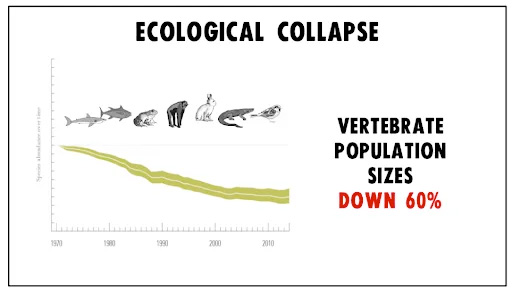
See WWF’s Living Planet Report 2018
See BBC Nature Crisis: Humans ‘threaten 1m species with extinction’
Lewes area groups and activities
Lewes District Council Net Zero by 2030 The Lewes District Council Strategy will contain key actions and milestones that – working together – the Council, their statutory partners, business, third sector and community partners will need to deliver to reach their net zero carbon target. The Strategy elaborates on the actions currently being progressed. The Council has a key role to play as a community leader and through the services they provide.
Lewes District Council has 7 action areas:
- Energy and the built environment
- Sustainable travel and air quality
- Biodiversity
- Agriculture and food
- Reducing emissions from waste
- Water
- Circular economy and community wealth
Ovesco CARES . Ovesco’s Climate Action, Resilient Ecosystems, Sustainability project is spearheaded by the South Downs National Park Trust alongside a number of partners, including South Downs National Park Authority, Lewes District Council, Railway Land Wildlife Trust, Transition Town Lewes, Seaford Community Partnership, Community Energy South, OVESCO, 3VA and Sussex Community Development Association.
The Sussex Flow Initiative (SFI) is a Natural Flood Management (NFM) project working with and restoring natural processes to reduce flood risk within the River Ouse catchment in Sussex. SFI was formed in 2012, as a partnership between the Woodland Trust, Sussex Wildlife Trust and the Environment Agency. It is further supported by funding from Lewes District Council.
What can I do to help?
Taking action as individuals can help our own well-being and our communities, and set an example to each other and to our councils/governments.
See the Lifestyle page for our top ten actions you can take.
This BBC website offers suggestions on sustainable thinking for a life without fossil fuels.
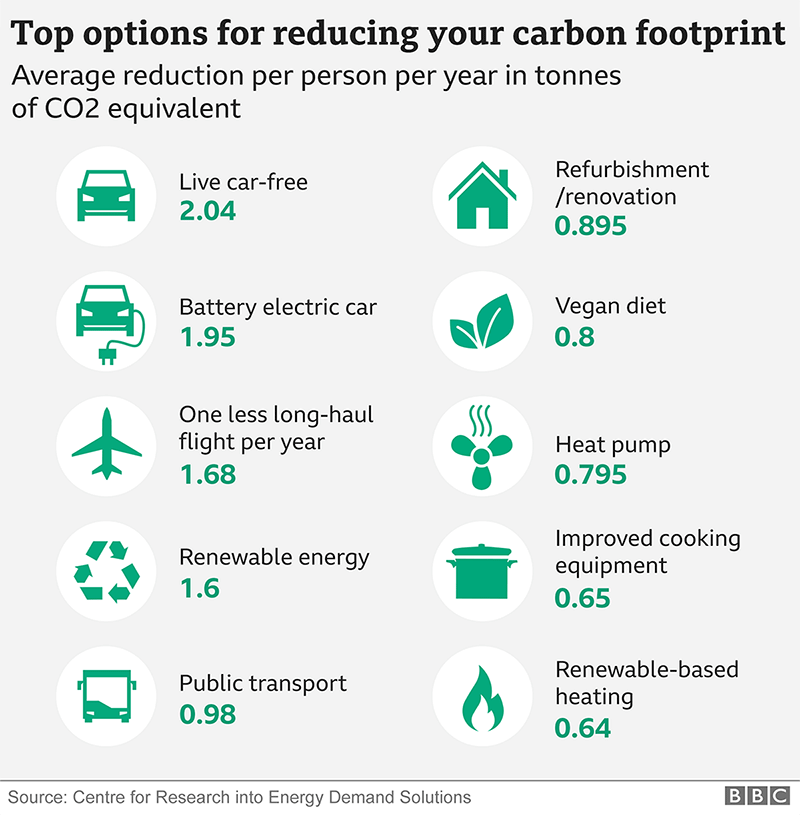
Facts & infographics
Carbon budget timelines
With all the government’s current pledges in place we could be seeing over 4°C of heating by the end of the century. This diagram clearly shows that if we want to limit heating to 1.5°C we need to rapidly reduce emissions NOW.
Climate pledges and targets
Past and future carbon emissions
Resources
Young People’s Trust for the Environment
JC Feb 2021
Groups & contacts
Biodiversity
Transition Town Lewes
Plastic Free Lewes
Seaford Environmental Alliance
" target="_blank" rel="noopener">XR University of Sussex
Friends of the Earth in Brighton & Hove
Energy
Money & jobs
Transport
Food
Waste & re-use
Social Justice
Wellbeing
Lewes Community Volunteers (currently operating as Lewes Coronavirus Volunteers)

